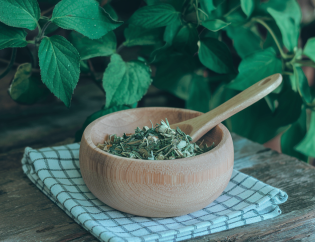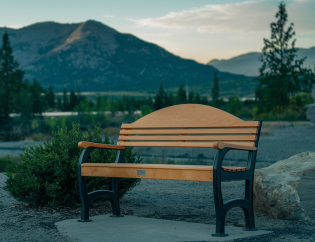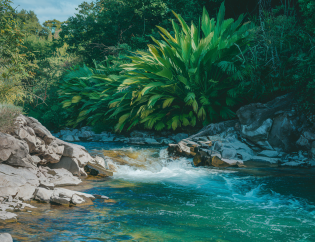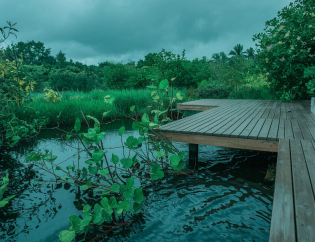
Choosing the Right Plants
When planning a low-maintenance garden, selecting the right plants is essential to minimize effort and maximize enjoyment.
Start by considering your local climate and soil conditions. Choose native plants, as they’re already adapted to thrive in your area, reducing the need for extra care. You’ll spend less time worrying about watering and fertilizing, and more time enjoying your garden.
Focus on perennials rather than annuals. Perennials return year after year, meaning you won’t have to replant each season. Consider drought-tolerant options like lavender or succulents, which require minimal watering. These plants aren’t only resilient but also add unique texture and color to your landscape.
Look for low-maintenance ground covers such as creeping thyme or sedum. They suppress weeds, reducing your need to weed constantly, and they spread naturally, filling spaces without much intervention.
Don’t forget about evergreens like junipers or boxwoods. They provide year-round interest and require little pruning.
Implementing Smart Irrigation
While choosing the right plants sets the stage for a low-maintenance garden, managing how you water them is equally important. Implementing smart irrigation can save you time, money, and water.
Start by installing a drip irrigation system. It delivers water directly to the plant roots, reducing evaporation and guaranteeing efficient use. Drip systems are easy to set up and can be adjusted to meet the specific needs of your plants.
Consider using a smart irrigation controller. These devices connect to your Wi-Fi and use v to optimize watering schedules. They adjust automatically based on rainfall, temperature, and humidity, so you don’t have to constantly monitor and tweak settings.
This technology not only conserves water but also helps prevent overwatering, which can be detrimental to plant health.
Don’t forget to check your irrigation system regularly for leaks or clogs. Regular maintenance guarantees everything runs smoothly and efficiently.
Additionally, grouping plants with similar water needs together makes it easier to manage irrigation zones, promoting even more water conservation.
Utilizing Mulch Effectively
Enhancing soil health and conserving moisture, mulch is a gardener’s best friend. It helps you reduce weeds, maintain soil temperatures, and even improve the aesthetic appeal of your garden.
To utilize mulch effectively, start by choosing the right type. Organic mulches like bark, wood chips, or straw decompose over time, enriching the soil.
Here’s how you can make the most out of mulching:
- Apply the right amount: Aim for a layer about 2-4 inches thick. Too little won’t suppress the weeds, and too much can prevent water from reaching the soil.
- Keep it away from plant stems: Mulch piled against plant stems can cause rot. Leave a small gap around the base of plants.
- Refresh periodically: Organic mulch breaks down over time. Check your mulch layer regularly and refresh it as needed to maintain its benefits.
- Choose the right color and texture: Light-colored mulches reflect heat, while darker ones absorb it. Consider your climate and plant needs when selecting mulch.
Designing With Hardscapes
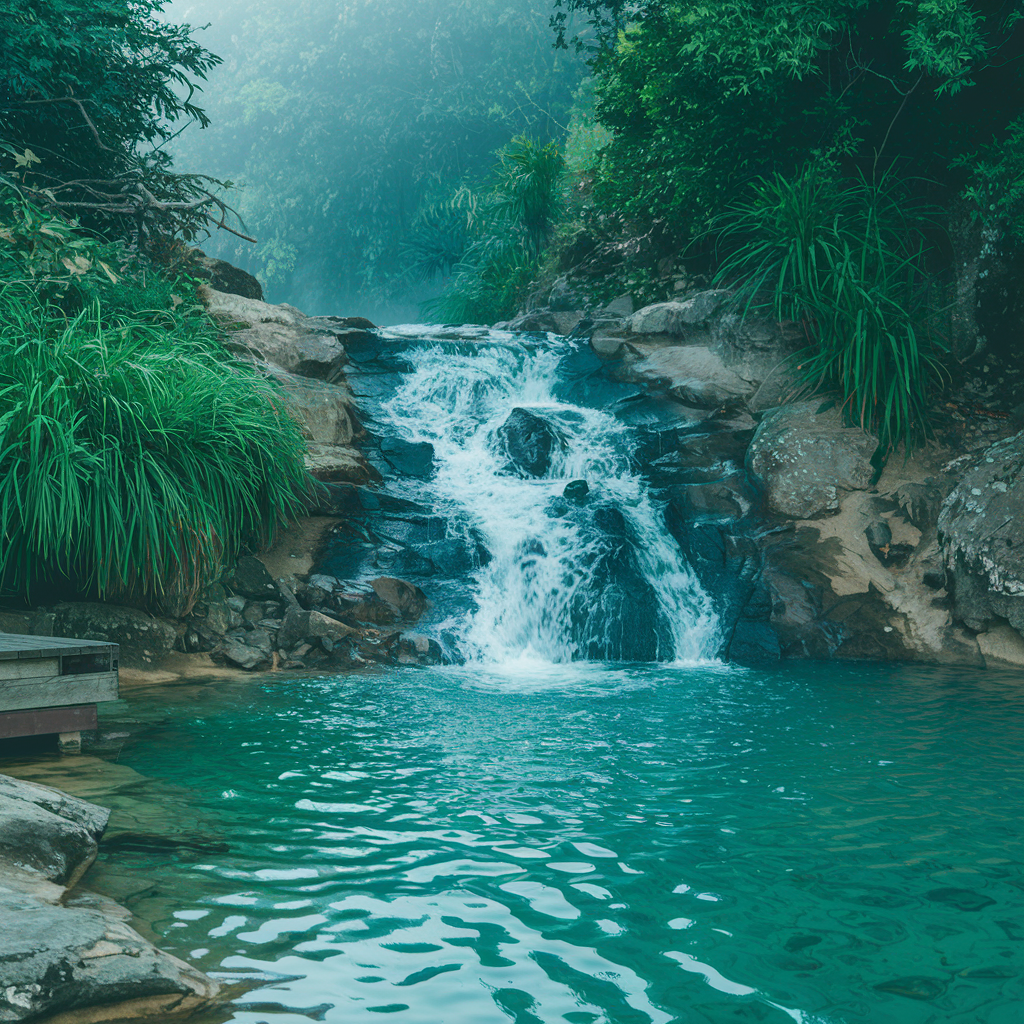
Though often overlooked, hardscapes are essential components that can bring structure and functionality to your garden. When you incorporate elements like patios, pathways, and retaining walls, you create a foundation that’s both practical and pleasing to the eye.
Hardscapes require minimal upkeep, making them ideal for a low-maintenance garden. Start by choosing durable materials such as stone, concrete, or brick, which can withstand weather conditions and reduce the need for frequent repairs.
Consider installing a patio or deck as a focal point for relaxation or entertainment. This addition offers a space where you can enjoy your garden without constant maintenance.
Pathways guide visitors through your garden, offering a clear route while minimizing soil compaction. Opt for permeable pavers to improve drainage and prevent water-related issues.
Retaining walls not only enhance the visual appeal but also help manage slopes and prevent soil erosion. When you design with hardscapes, think about integrating seating and decorative elements like benches or sculptures to add character.
Incorporating Native Species
To truly create a low-maintenance garden, consider incorporating native species in your landscape design. Native plants are adapted to your local climate and soil, making them more resilient and requiring less care. They promote biodiversity, support local wildlife, and often need less water and fewer fertilizers than non-native species.
Here’s how you can start incorporating them into your garden:
- Research Local Plants: Start by identifying plants native to your area. Visit local nurseries or check with your local extension office for advice on which species will thrive in your garden.
- Consider Your Garden’s Conditions: Assess the sunlight, soil, and moisture levels in your garden. Choose native species that naturally fit these conditions to guarantee they flourish with minimal intervention.
- Plan for Diversity: Include a variety of plants to create a balanced ecosystem. This diversity can help deter pests and diseases, reducing the need for chemical treatments.
- Start Small: Begin by integrating a few native plants into your existing garden. Gradually replace non-native species over time to ease the shift and observe how they adapt to your space.
Conclusion
By following these simple steps, you’ll create a stunning, low-maintenance garden that practically takes care of itself. Choose plants wisely, focusing on native and drought-tolerant species that thrive with little attention. Install a drip irrigation system to conserve water efficiently, and use organic mulch to keep weeds at bay. Enhance your space with hardscapes like stone pathways and seating areas. With these easy landscaping solutions, you can enjoy a beautiful, hassle-free garden year-round.
